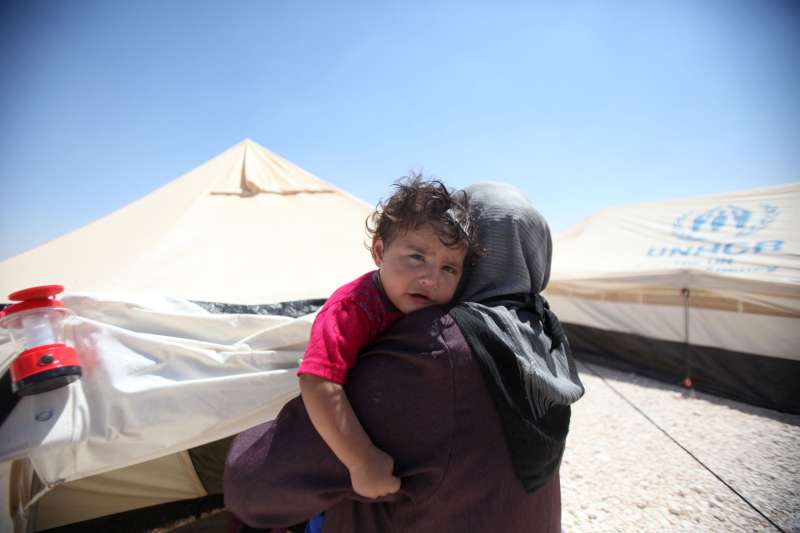The international community meets next week in Istanbul for the first ever World Humanitarian Summit. In many ways, the historic summit is long overdue. Over the course of two days, key issues such as humanitarian financing and the global refugee crisis will be discussed as governments, aid agencies and the private sector try to develop a new way forward in addressing humanitarian needs.
As the number and scale of crises has grown around the world, so has the need for increased financing to address the needs of those impacted by conflict, natural disasters and epidemics like the West Africa Ebola outbreak. Despite attempts at creating a stable fund to be prepared for when crises do occur, the demand for funds often outpaces availability. This has led to several instances where aid agencies had to scale back basic services for people who rely entirely on aid for survival.
There has been a growing realization among policymakers and aid groups that the current situation is a “new normal” and the world needs to adjust accordingly. Regional consultations in advance of the summit started two years ago in order to collect and consider key recommendations of governments, aid agencies and those impacted by humanitarian disasters on how to improve aid delivery and better meet the needs of the world’s most vulnerable people. Creating a new financing model is key to this and a major focus of the summit.
However finding more reliable sources of funding is only one aspect of the financing puzzle. As aid agencies are expected to meet the needs of more and more people, there is also a need to increase efficiency in how funds are spent in order to maximize the resources available. That means improving transparency on how funds are spent and also building new partnerships in the field.
One of the more successful changes to emerge from the past decade is the growing involvement of the private sector with development projects. Much like with development projects, public-private partnerships in the humanitarian field allows aid agencies to focus on what they do best while capitalizing on the expertise that corporate partners can offer. Although there have been some public-private projects in the humanitarian field such as the IKEA Foundation’s funding of the Better Shelters project, there is a lot of room for growth with these partnerships. The private sector’s participation in the summit marks a useful step forward in this area and one that has a lot of potential to increase innovation in addressing some of the key problems facing the humanitarian community.
However at the top of the agenda is addressing the unprecedented levels of forced displacement facing the world today. Part of this is finding ways to reduce and prevent the main instigator of forced migration – war – but there is also a need to strengthen the capacity to deal with refugee flows once they occur. Regarding this last part, the summit couldn’t be more timely. As more and more governments move to shirk their responsibilities in hosting refugees, there is an urgent need to reiterate the importance of these responsibilities as well as find burden sharing mechanisms to limit the impact on those states closest to conflict zones.
It’s clear that there is a real opportunity here to make progress in finding new ways to address the growing number of humanitarian crises facing the world. Unlike issues such as climate change and international development, there is no concerted international movement to create humanitarian benchmarks or hold governments accountable for their actions in violating humanitarian law. This summit could mark the end of that. But there is also a risk that the summit will instead give countries the opportunity to say they are doing something, without any real progress being achieved.
Earlier this month, Doctors Without Borders pulled out of the summit out of concern that it would let governments off the hook despite their role in creating many of the crises the world is grappling with. That level of skepticism is shared by many. After years of preparation, whether the international community is prepared to embark on a new path for addressing the “new normal” of humanitarian crises comes down to two days of meetings. And you can be sure that the world will be watching.
If you have 20 minutes and want an in-depth preview of the World Humanitarian Summit and the major debates ahead, have a listen to this interview
Subscribe on iTunes, Stitcher or get the app to listen later.
